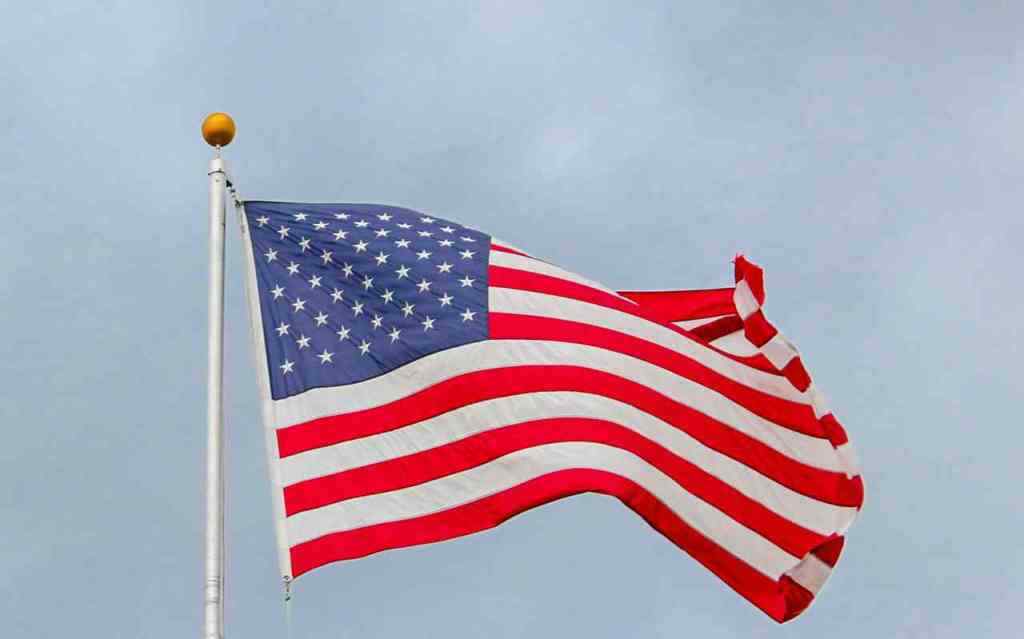The Curious Case of the “Barber Pole” Thunderstorm
The year two thousand twenty-four – has it really been that wild? From scorching heat waves to flash floods that seem to appear out of thin air, this year has kept even the most seasoned meteorologists scratching their heads. And with all this crazy weather, we’ve seen some seriously strange stuff happening up in the sky. One term that’s been making the rounds lately is “barber pole,” and no, we’re not talking about your friendly neighborhood stylist.
What is a “Barber Pole” Thunderstorm?
Picture this: a massive thunderstorm, clouds swirling like something out of a sci-fi movie. Now, imagine those clouds streaked with what looks like giant, twisted ribbons of white and gray. That, my friends, is the infamous “barber pole” thunderstorm.
The term comes straight from the storm chasers themselves – those brave souls who chase down Mother Nature’s most epic tantrums. They noticed that the updrafts in these particular storms looked eerily similar to, you guessed it, a barber pole. And just like a barber pole grabs your attention as you stroll down the street, these storms are hard to miss.
Characteristics of a “Barber Pole” Updraft
So, what exactly makes a “barber pole” thunderstorm stand out from your run-of-the-mill storm cloud? There are a couple of telltale signs:
First, you’ve got striated clouds. We’re talking about long, distinct streaks or bands of clouds that look like they’ve been painted across the sky. It’s like someone took a giant comb to the clouds, creating these mesmerizing patterns.
But here’s the kicker: these cloud striations aren’t just straight lines. They curve and twist, creating that signature spiraling effect that gives the “barber pole” its name. It’s like watching a slow-motion tornado of clouds, and honestly, it’s kinda beautiful (in a terrifying, awe-inspiring way, of course).
Why the Unusual Appearance?
Now, you might be wondering, “What causes these freaky cloud formations?” Well, it’s all about a perfect storm (pun intended!) of atmospheric conditions.
Imagine a massive updraft, like a hot air balloon on steroids, pushing upwards inside the thunderstorm. This rising air is already spinning slightly, thanks to something called the Coriolis effect (you know, that thing that makes water swirl down the drain in a certain direction).
But then, throw in some serious wind shear – that’s when the wind speed and direction change dramatically at different altitudes. It’s like the wind is playing a game of “Twister” up in the atmosphere.
Combine these powerful updrafts with crazy wind shear, and you get a recipe for some seriously twisted clouds. The rising air gets stretched and pulled in different directions, creating those mesmerizing “barber pole” striations. It’s like taking a wad of dough and twisting it over and over – you end up with these elongated, spiraling patterns.
Significance and Implications
Okay, so we’ve established that “barber pole” thunderstorms look pretty darn cool. But are they just a visual spectacle, or is there more to the story? Turns out, these storms aren’t just messing around – they can pack a serious punch.
For one thing, the presence of a “barber pole” updraft is a major red flag for meteorologists. It’s a telltale sign that the thunderstorm is supercharged, with incredibly strong updrafts and a high potential for severe weather. Think heavy rain, hail the size of golf balls (ouch!), and even tornadoes.
Speaking of tornadoes, remember that whole “rotating updraft” thing? Yeah, that’s kinda important. Tornadoes form when rotating updrafts within a thunderstorm become extremely intense and concentrated. So, while not every “barber pole” thunderstorm will produce a twister, the presence of that spiraling updraft means the conditions are ripe for tornado development.

Stay Informed and Weather Aware
Alright, let’s be real for a sec: we can’t control the weather. But we can control how prepared we are for it. And in a year like two thousand twenty-four – with climate change making things even more unpredictable – staying weather aware is more important than ever.
So, what can you do? First off, know your sources. The National Weather Service is your go-to for official weather alerts, watches, and warnings. They’re the pros, the OGs of weather forecasting. The Weather Channel is another great resource for in-depth coverage and analysis, so you can geek out on all the meteorological details (we won’t judge!).
And hey, if you’re feeling extra curious about all the crazy weather lingo out there (like “barber pole” thunderstorms!), check out the Weather Words Archive. It’s like a dictionary for all things weather-related, so you can impress your friends with your newfound knowledge.
Most importantly, remember that knowledge is power. The more you understand about severe weather and how to stay safe, the better equipped you’ll be to weather any storm (okay, we’ll stop with the puns now, promise!).
